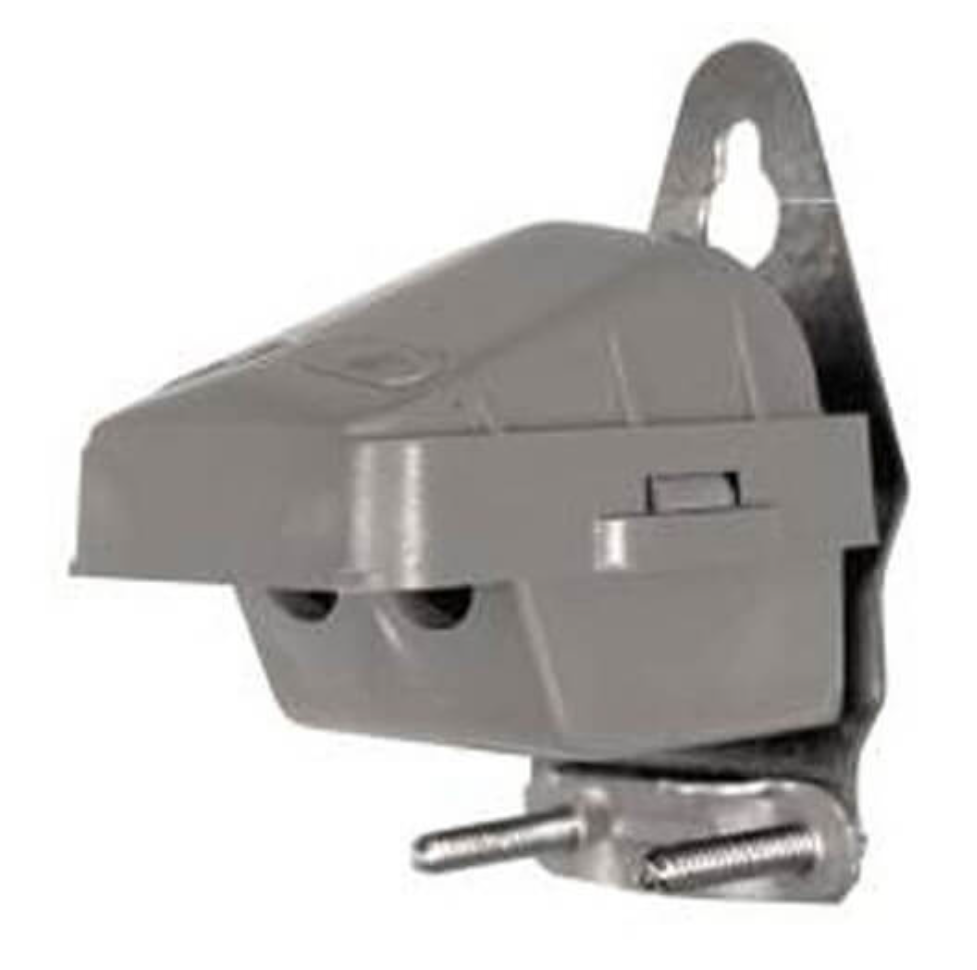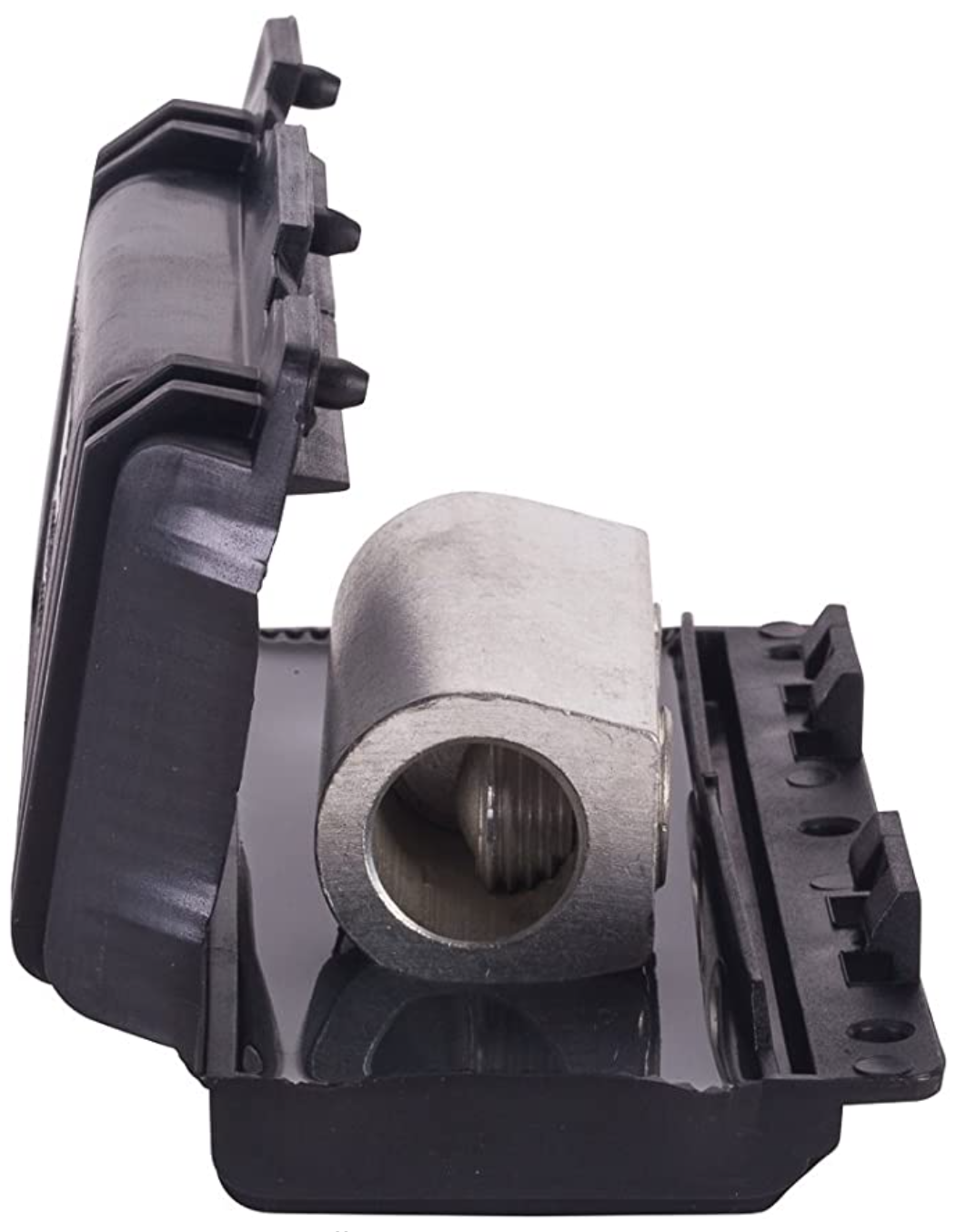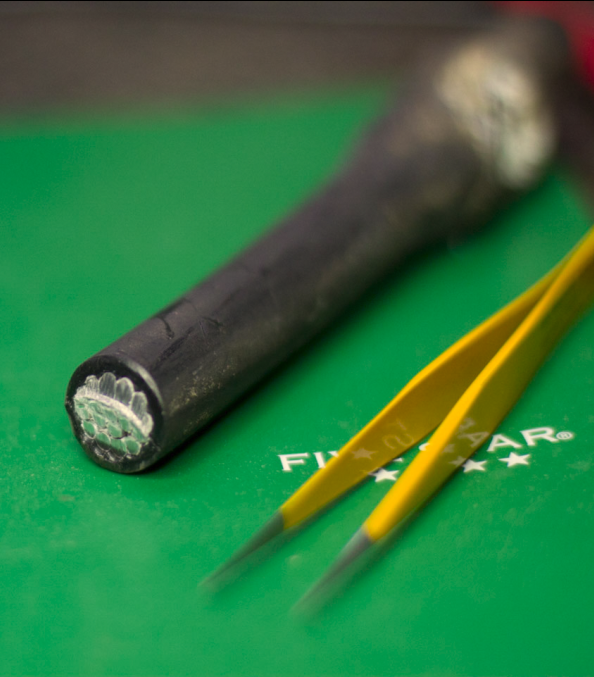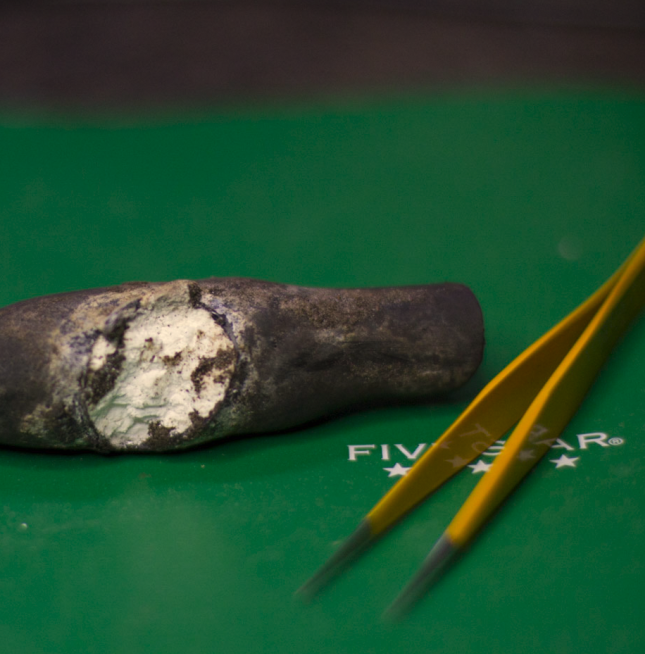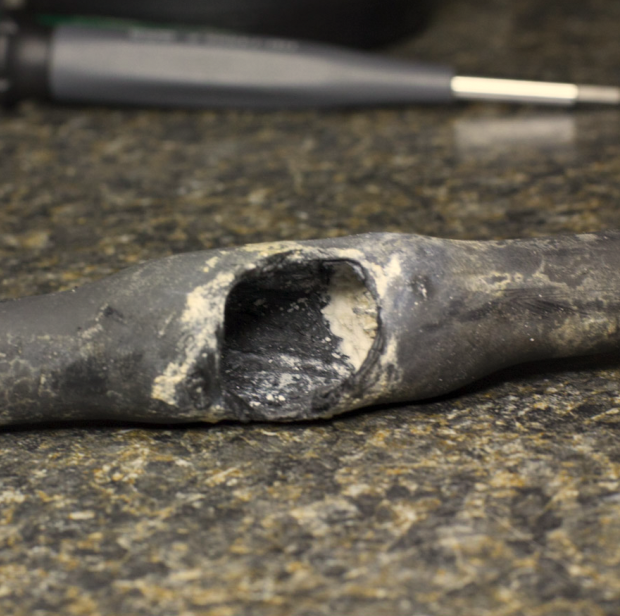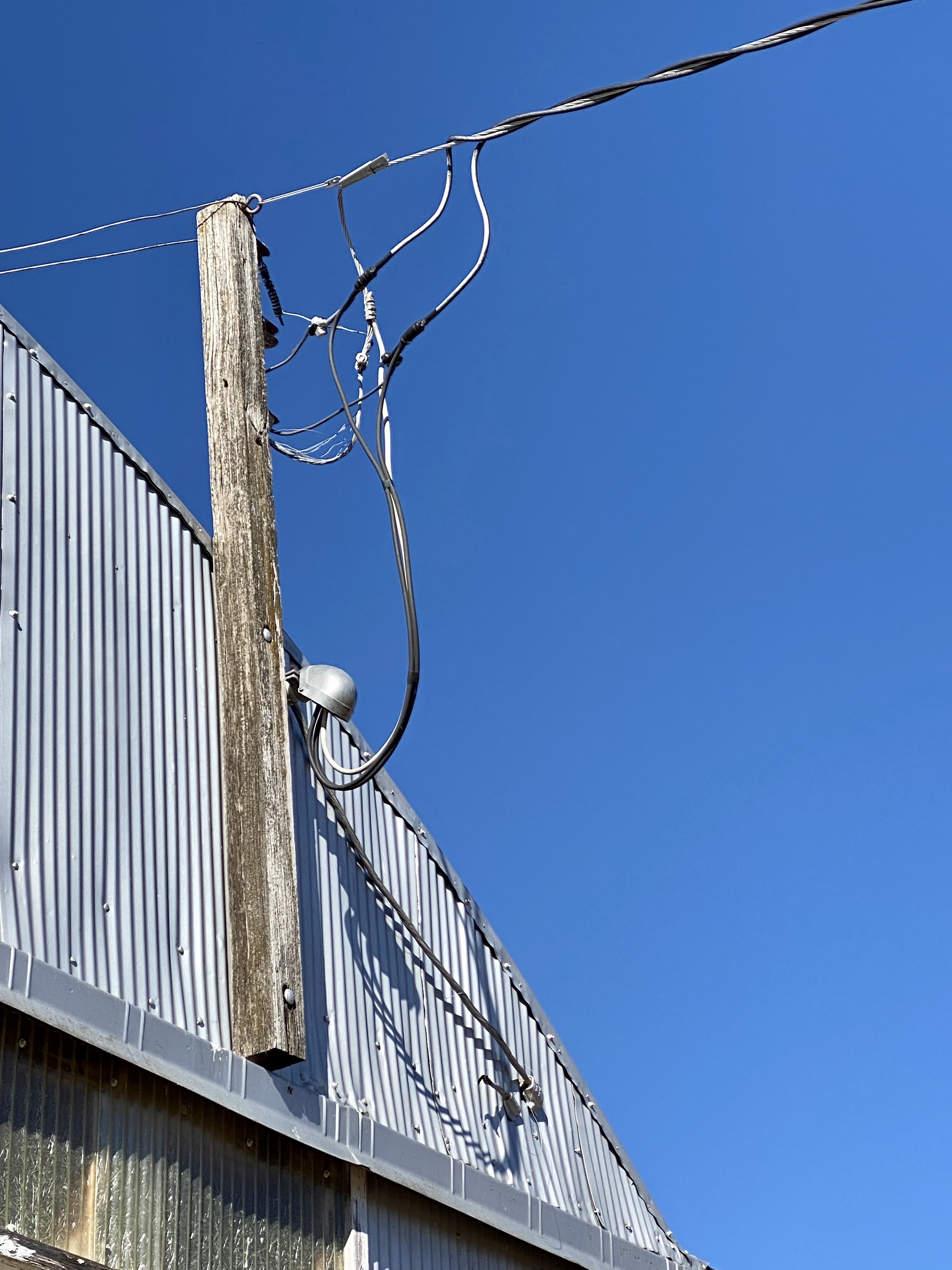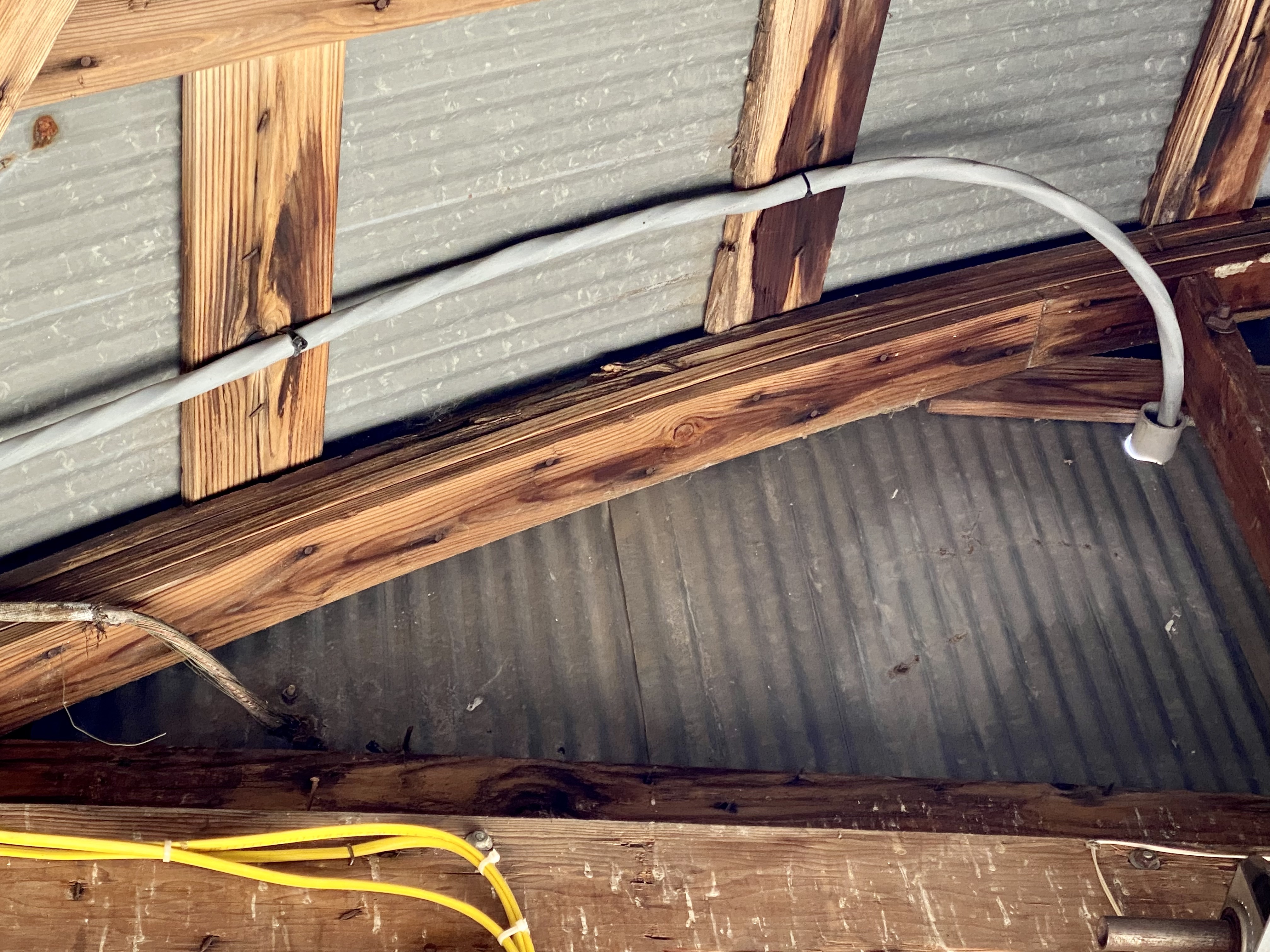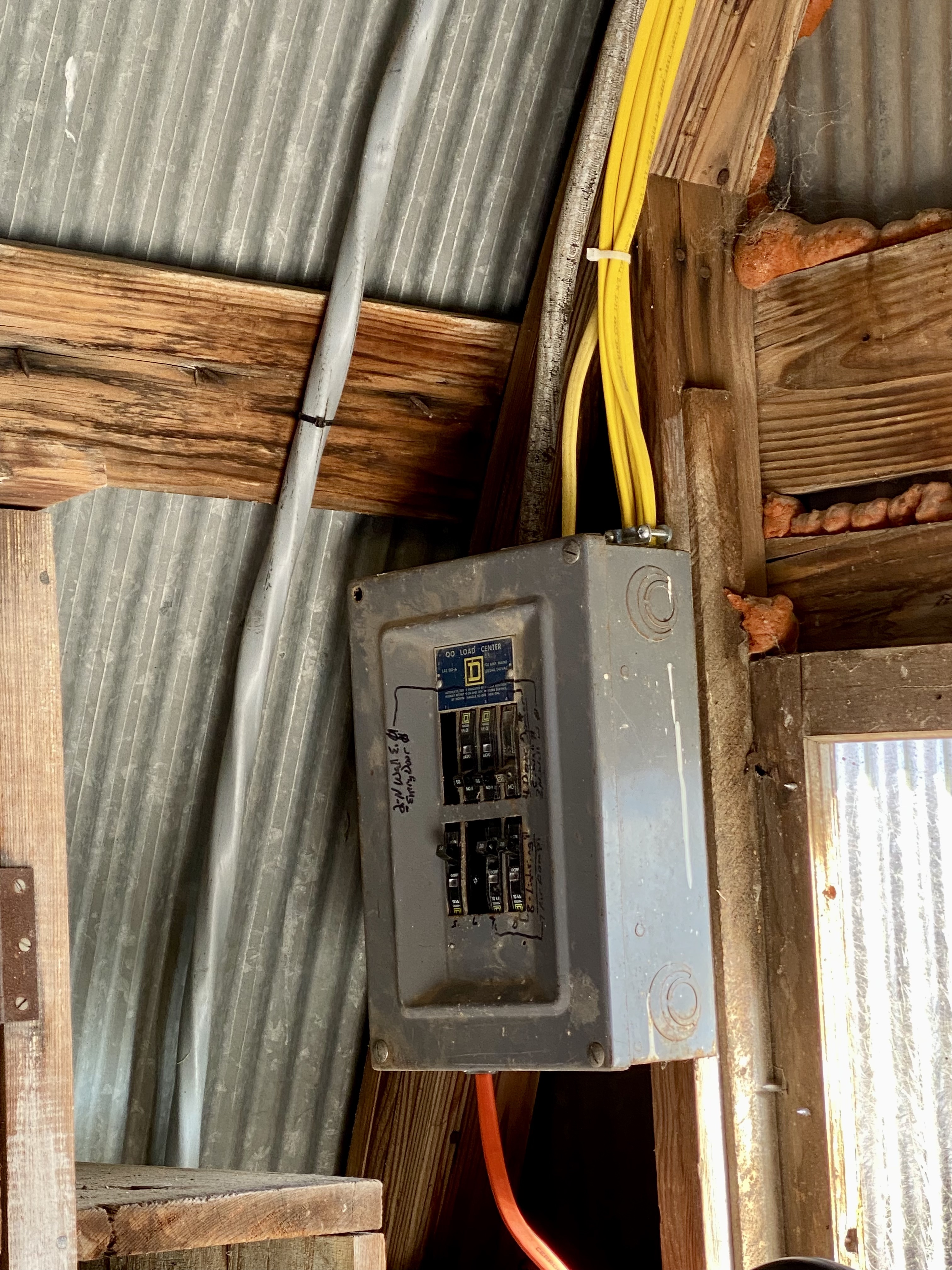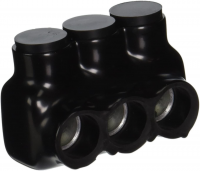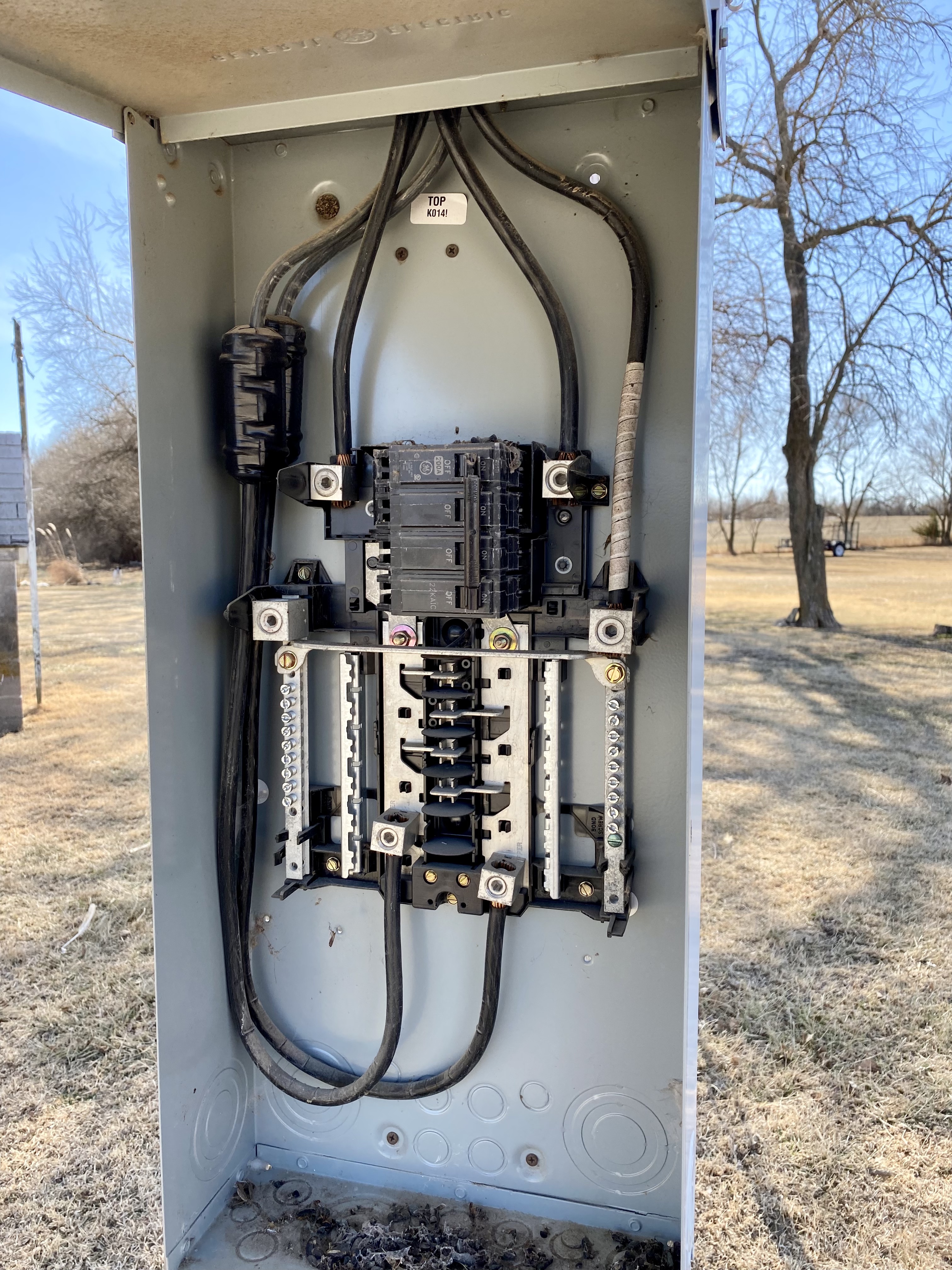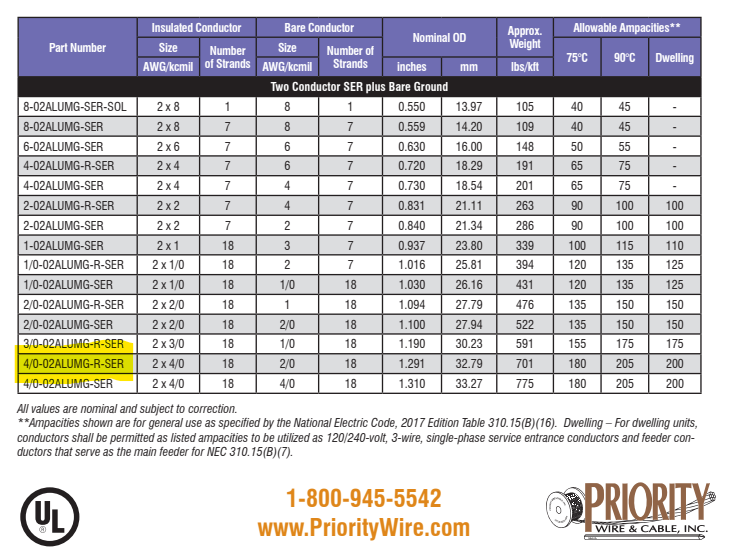Thank you
@esdill. The new feed is #2 Al according to the sheathing. I think. Here's what the printing says:
Code:
E194993 3 CORS 2 AWG AA-8000 AL 1 COR 4 AWG AA-8000 AL TYPE SE STYLE R-XHHW-2 CDRS 600 V XLPE (UL) 2005
I think that's polyethylene sheathing rated for wet conditions with 3 #2 Al conductors and a #4 Al ground? There's no ground in the Quonset that I can see, unless it's bonded somewhere up top at the mast.
It looks like a 4-pole 200A breaker. This is in a box underneath (inside) the meter. Is it possible that the electrical service is split there to the house and to the Quonset, 200A for each? I'll open that box and take a pic.
Oh the joys of buying an old farm!
Like this one?
View attachment 758915
That's what I meant by "Polaris" - apparently they are a manufacturer?
Now I definitely owe ya a beer!
















































![Craft A Brew - Safale S-04 Dry Yeast - Fermentis - English Ale Dry Yeast - For English and American Ales and Hard Apple Ciders - Ingredients for Home Brewing - Beer Making Supplies - [1 Pack]](https://m.media-amazon.com/images/I/41fVGNh6JfL._SL500_.jpg)










